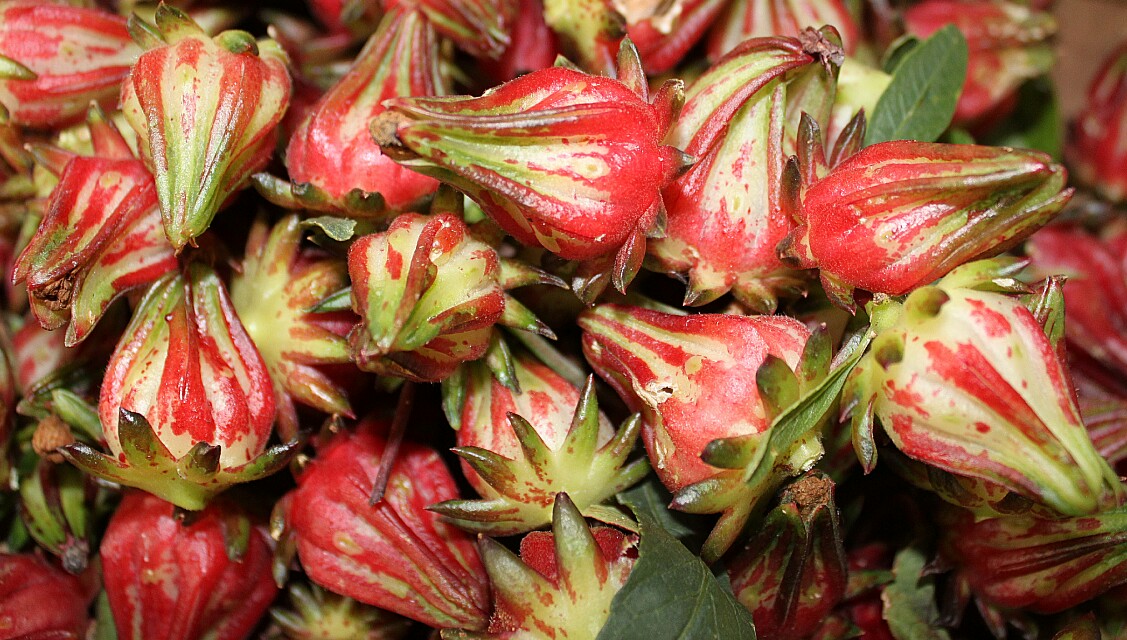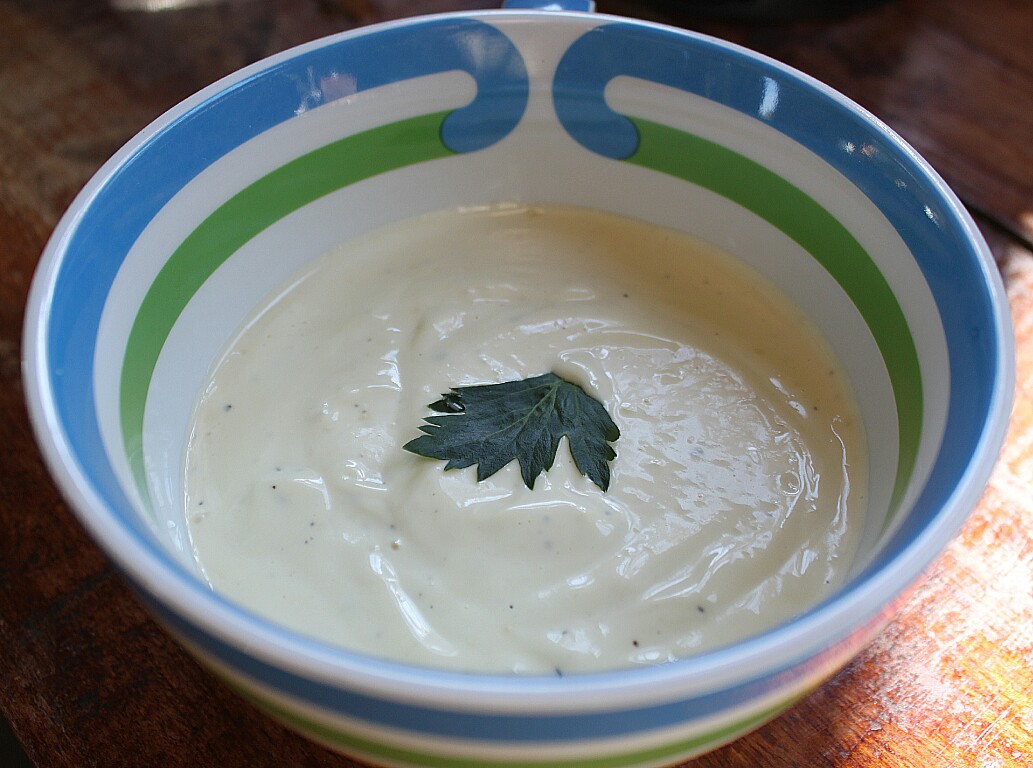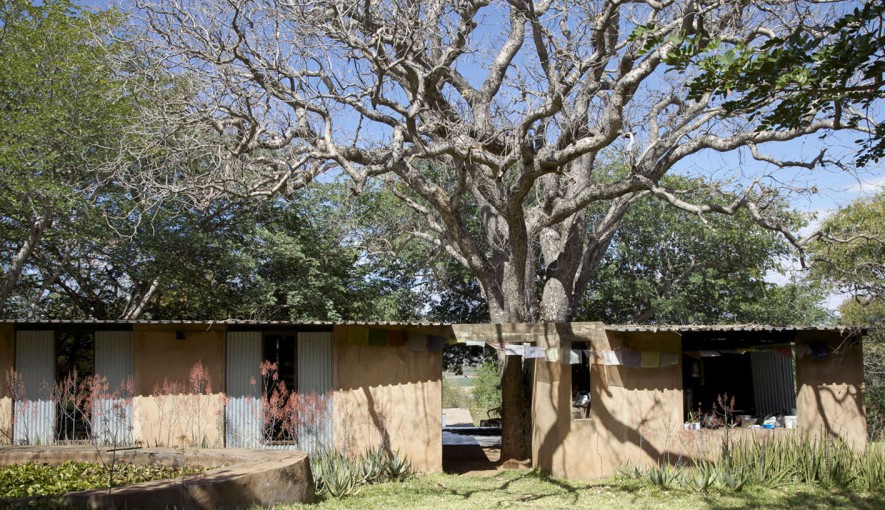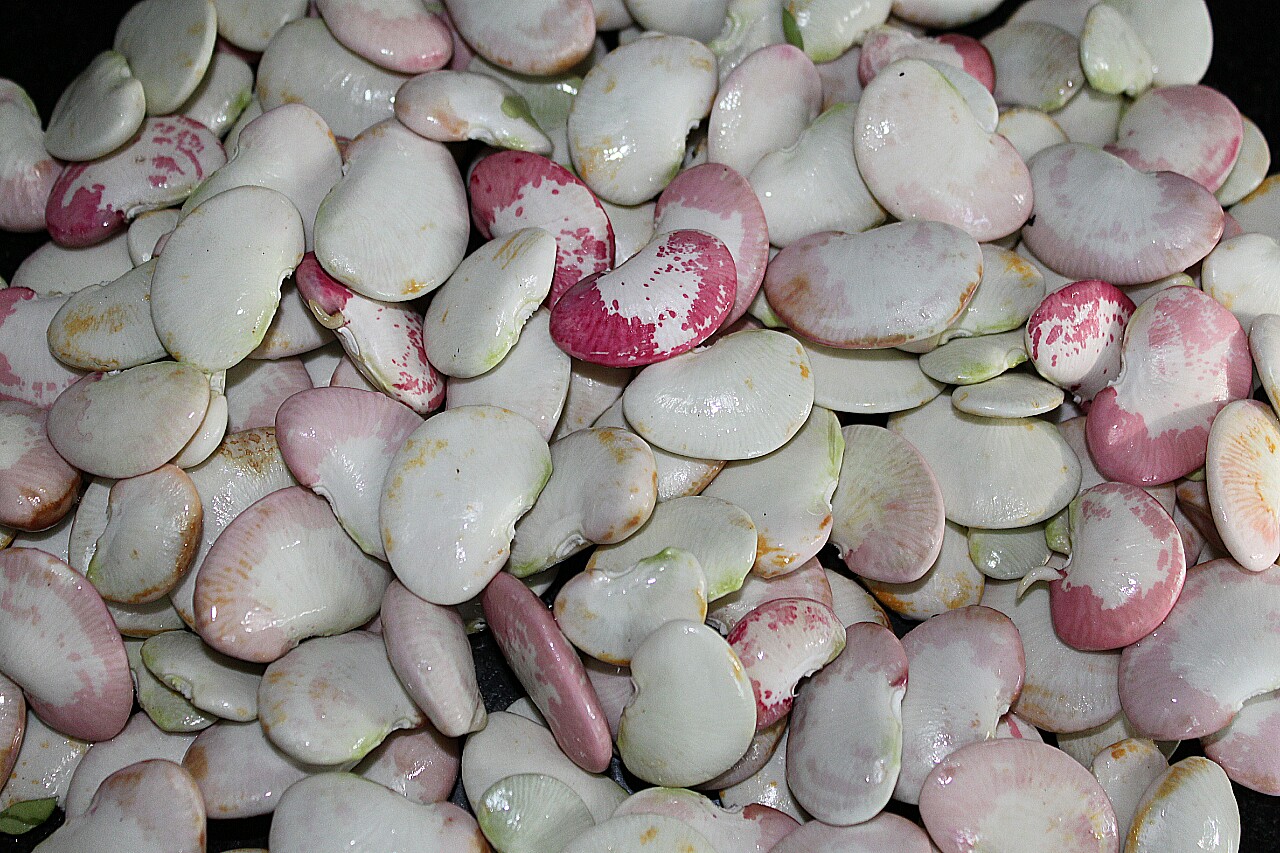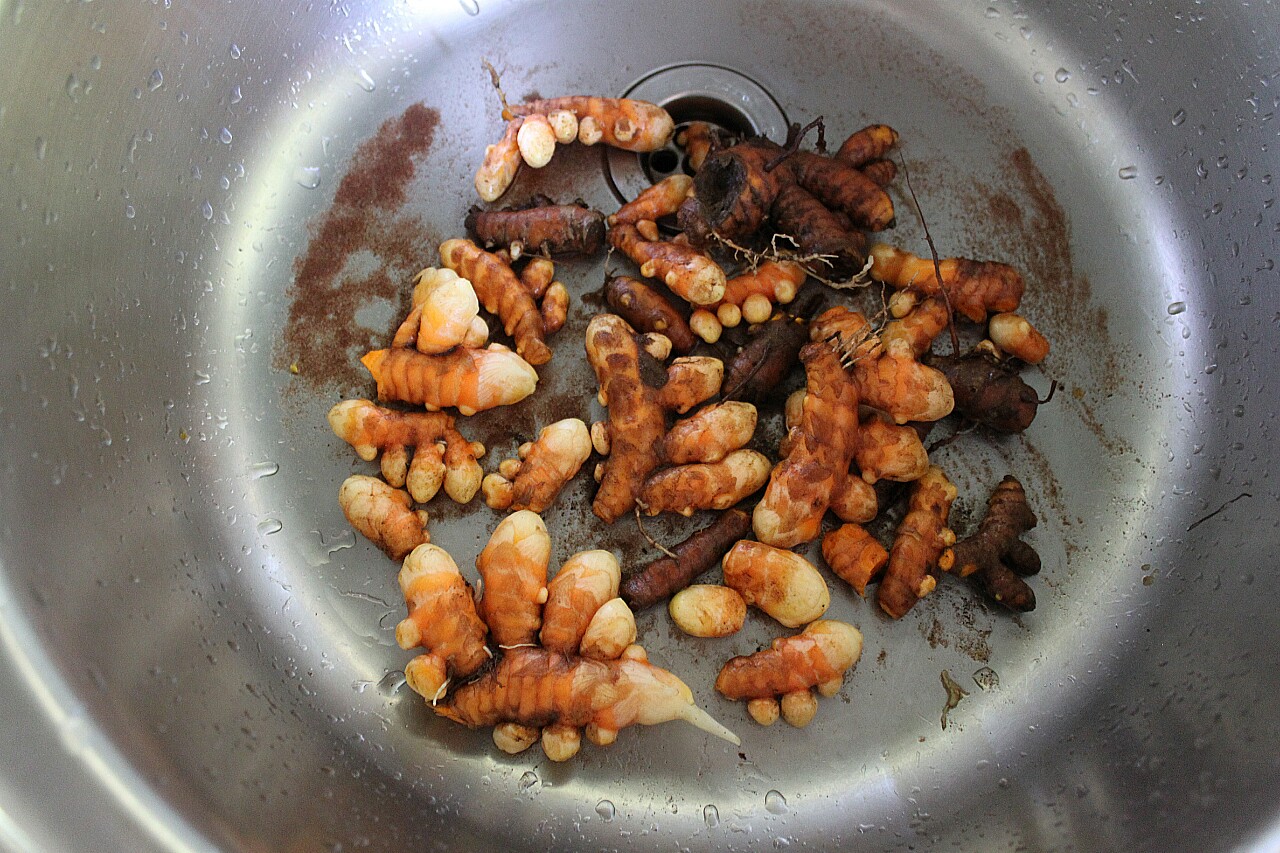I was surprised to discover that rosella, or roselle (Hibiscus sabdariffa), is pervasive throughout Zambia because it was originally a species of hibiscus native to the west of Africa.
A self-seeded rosella plant in our garden.
Indigenous people in this semi-arid region of southern Africa have been nourished by Mongongo nuts for over 7,000 years. Which is amazing when considering that on my many attempts I failed to crack open even one of their Fort Knox-like shells.
I may be one of the last foodies to discover this foolproof method of making homemade mayonnaise, yet such is the difference it’s made to my cooking life out here in the bush, I felt compelled to share it with you.
The versatility of mayonnaise means that I love having it available as and when I need it.
The decoration of our house, the tin box, is to be found outside, not inside. The finger-like evergreen branches of the surrounding teak trees provide us with year-round sun parasols.
I thought 12 years at boarding school had put me off any sort of bean, except the Heinz baked variety, for the rest of my life. Along with “frogs’ eggs,” a.k.a tapioca, “chameleon guts,” an ersatz, puke-colored jam, beans were near the top of a list of foods I begged my mother to tell the school’s kitchen I was allergic.
My partner Chris is the one who turned me on to fresh turmeric. He had beds of it growing in the garden when I arrived on the farm. A man who seldom lets anything pass his lips that doesn’t benefit his body, it was Chris who educated me about turmeric’s curative capabilities, namely its powerful antioxidant and anti-inflammatory properties.

